The Dryland Forests Initiative enters a new phase
Paul Millen and Harriet Palmer, New Zealand Tree Grower November 2019.
The NZ Drylands Forest Initiative has released its new strategic plan. Since 2008, they have been working towards the vision of developing sustainable regional hardwood industries based on eucalypts which produce
highly durable timber. The strategy outlines the way forward for the next 10 years – a phase which will involve many more people and the establishment of a forest resource.
Since 2015 the research and development work has received significant support from the Forest Growers Research Specialty Wood Products programme. This has included the partners working with a wide range of forest growers and regional councils to develop a ten year strategy. This Strategy 2020-2030: Durable Eucalypts – A Multi-Regional Opportunity for New Zealand’s Drylands was released in June 2019 and marks the start of a new phase of activities.
Maintaining momentum
Over $7.4 million has been invested to date, with a robust breeding programme now producing the first potential proved for solid wood and engineered wood products. The priority outlined in the strategy is now to extend knowledge and resources to people who have the opportunity to lead planting new forests in the target dryland eastern regions – particularly Gisborne-East Coast, Hawke’s Bay, Wairarapa and Marlborough. These people include representatives of central government, regional government and industry organisations including wood processors as well as farmers, forest growers and their advisers, Maori land owners and nurseries.
The vision is bold, and the strategy identifies six areas which will provide the basis for continuing activities as we maintain momentum over the next decade. They are −
- Identifying markets for durable eucalypts
- Modelling forest productivity and economic feasibility
- Working regionally to encourage new forests
- The research programme involving breeding propagation and trial management
- Educating growers and their advisers on durable eucalypt forest management
- Industry partnerships to build support and capability.
Growing regimes
Using national and international expertise, there are two main possible growing regimes to suit different owner objectives and site types:
- A short-rotation peeler pole regime with an estimated rotation length of 15 to 20 years
- A more traditional longer rotation regime for hardwood sawlog production.
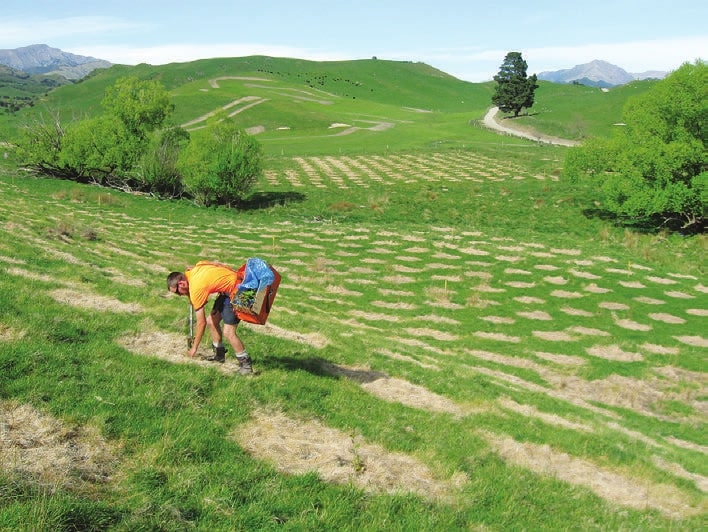
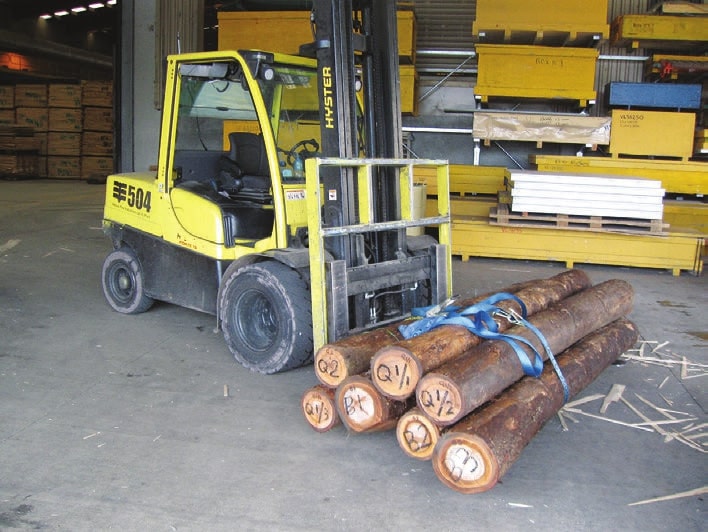
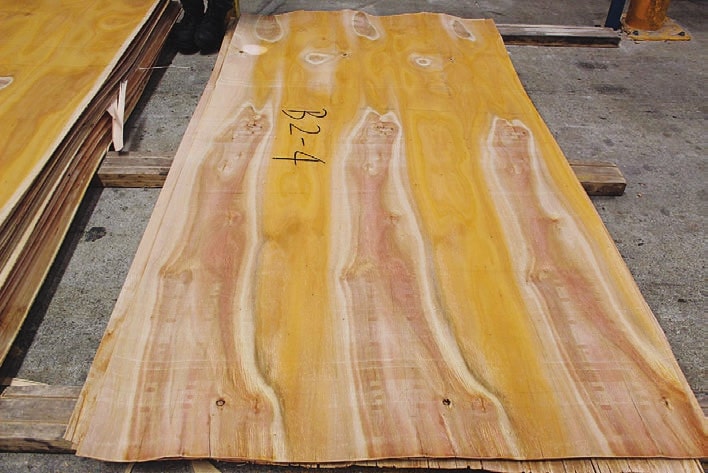
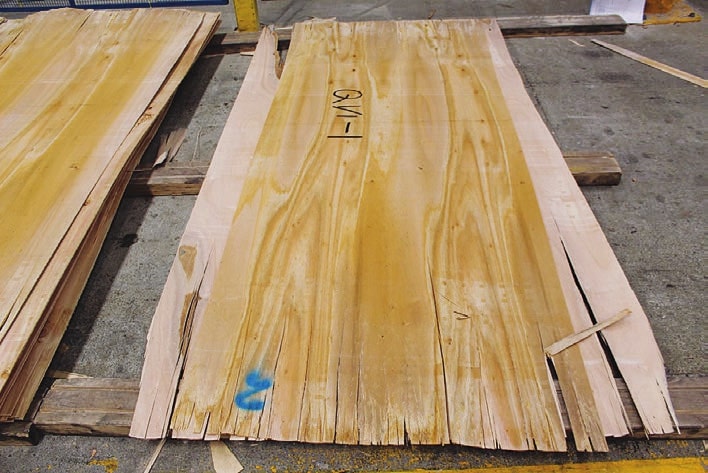
Two further options − continuous cover forestry and permanent eucalypt forests – are also considered to have excellent potential on some land types. They will provide erosion control, biodiversity, landscape and
amenity benefits as well as some timber.
All four regimes are introduced in the new strategy, with guidance on species choice for different site types and owner objectives. Economic models have been completed for the peeler pole, sawlog, and permanent
forest regimes. New plantings on forest land planted after 1989 and meeting other standard criteria will be eligible for the Emissions Trading Scheme, with returns from carbon likely to greatly enhance their financial
appeal. Planting incentives, including Te Uru Rakua’s One Billion Trees grant and regional council erosion control funds will also be available in some cases.
Durable eucalypts − the right tree in the right place
Forestry and timber processing are already significant rural industries in many regions of New Zealand, and land and forest-owners increasingly are looking for ways to diversify from the current radiata pine near monoculture. Since 2008, the NZ Drylands Forest Initiative has promoted the potential for durable eucalypts as a forestry option which will offer the following benefits −
- Diversify the forestry sector by introducing an alternative to radiata pine
- Offer a new forestry opportunity to farmers and Maori land owners
- Produce high value naturally durable hardwood sustainably to supply international and domestic markets
- Enable production of certified high strength engineered wood products that receive a premium in international and domestic markets.
- Provide environmental benefits of carbon sequestration by forests, carbon storage in wooden buildings, pollen and nectar for honey production, and erosion control.
- Reduce the use and disposal problems of treated pine in agricultural, horticulture and viticulture industries as well as urban environments.
Trials going well
The NZ Drylands Forest Initiative now has a network of over 30 breeding and demonstration trials of selected durable eucalypt species across a range of land types in drier eastern parts of New Zealand and beyond. These trials are the foundation of the breeding programme which is on-track to produce a first generation of improved planting stock in 2020. The trials have been invaluable in providing information on site and pecies
suitability and have generated data to feed into early growth models. In addition, they are integral to research into tree health and the timber properties of young trees - both core elements of the programme, managed by the School of Forestry.
The current government’s One Billion Trees programme and other planting initiatives are aimed at increasing New Zealand’s regional economic and environmental sustainability by encouraging planting new forests. In the target east coast regions, durable eucalypts are an option which could complement land use to dryland pastoral farming and radiata pine forestry. The eucalypts are fast-growing, drought-tolerant trees which produce strong, naturally durable timber with a range of potential high-value markets.
Durable eucalypts can be grown at any scale, from farm woodlots to cut-over forestry plantations on a wide range of dry eastern land types. New value chains based on sustainably grown durable eucalypts forests are expected to generate jobs and new skills in regional areas. Farmers and other local primary producers will have a timber resource which ticks all the green boxes increasingly required by consumers.
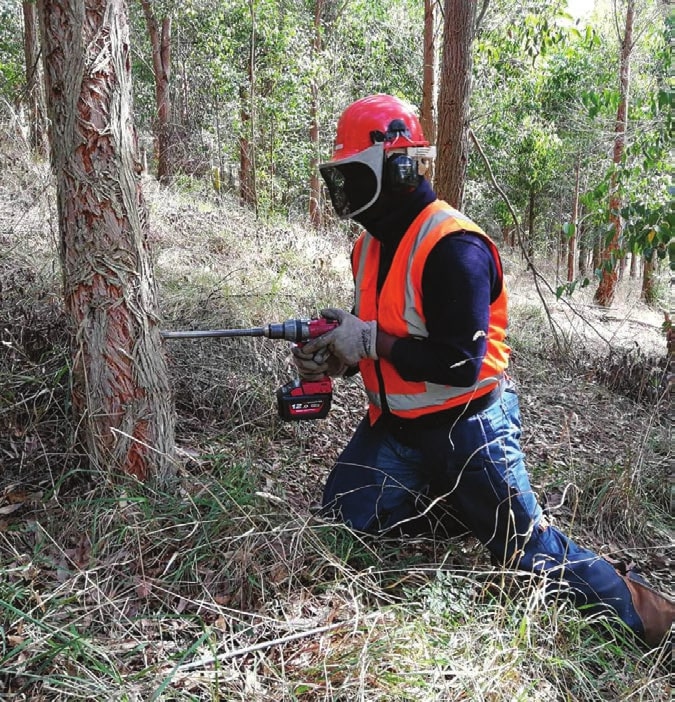
The next steps
What we need now is for those involved in rural landuse in the target regions, from the boardroom to the forest, to become actively involved in this significant regional opportunity. The Strategy 2020-2030 outlines
aims and action for the next three years. There is much to be done and many more people and resources are needed to achieve what could be possible.
The full Strategy 2020-2030 is available on the website www.nzdfi.org.nz. If you have any specific questions you can email info@nzdfi.org.nz.
Paul Millen is the NZ Drylands Forest Initiative Project Manager. Harriet Palmer is an independent forestry communications specialist.
| Developing sustainable regional industries based on high-value durable hardwood forests | |||||
|---|---|---|---|---|---|
| Focus Areas | |||||
| Identifying markets for durable hardwoods | Modelling forest productivity and economic feasibility | Working regionally to encourage new forests | NZDFI's durable eucalypt forestry research plan | Educating growers on durable hardwood forest management | Industry partnerships to build support and capability |
| Key Work Areas | |||||
|
|
|
|
|
|
| Key partners/supporters | |||||
|
|
|
|
|
|

 Farm Forestry New Zealand
Farm Forestry New Zealand